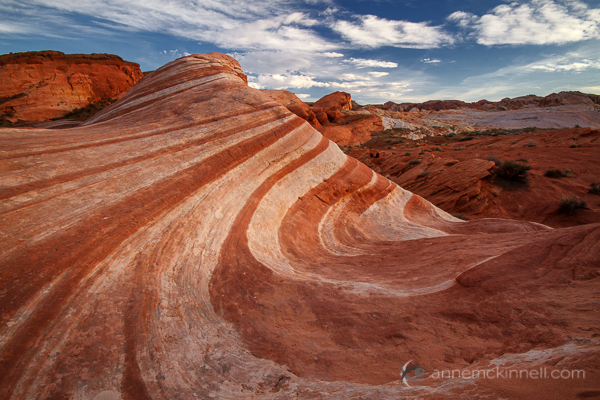Michel D’Oultremont is one of the brightest rising stars in the world of wildlife photography, and that’s not just our opinion—at just 22-years-old, he was named ‘Rising Star’ by the Wildlife Photographer of the Year competition. His work very much speaks for itself, but his work ethic is what’s turned the most heads, thanks to this intense short film by Contra titled The Wait.
The Wait follows Michel on a trip to Romania, where he went searching for the ‘perfect’ photo of the bison recently reintroduced to the Carpathian mountains.
Throughout the film, Michel explains his evolution as a wildlife photographer: how he began by taking pictures that were very “documentary” style before backing away to allow more breathing room and compositional space between himself and the animals he was capturing.
“I tried to put more importance on the environment or the play of light, rather than the animal itself,” he explains in the video. “I’d prefer to take a picture of a common bird in a beautiful environment…” That’s how he captures photos like the ones he shared with DPReview below. Environmental shots that are about so much more than their primary subject; photos that show the scene as it was.
“I do not cheat in my pictures, no flash, no post-treatment after,” he told me over email. “I do not remove any items and add none.”
$ (document).ready(function() { SampleGalleryV2({“containerId”:”embeddedSampleGallery_4635490971″,”galleryId”:”4635490971″,”isEmbeddedWidget”:true,”selectedImageIndex”:0,”isMobile”:false}) });
But the short film is titled Wait, after all, so it doesn’t take long for Michel to arrive at his main subject. As he hunkers down for his week-long wait in the Carpathian mountains, he begins to speak of patience, one of the most challenging skills one must develop to capture powerful wildlife photography.
“Patience is one of the most important things to have. Without patience it’s not possible to see the animals,” he narrates. “If half an hour, an hour passes and you’re fed up and want to leave the hide, it’s just not going to work. Generally, you’ve got to be in place for [at least] a few hours to be forgotten by nature.”
For many of his shots, it often takes a week or a week and a half of waiting, watching, and learning the environment before he captures the photograph he’s after. Which is, in the end, about how long it took to finally capture the bison on camera:
 |
To see the rest of the bison photos he captured while in the Carpathians, or if you’re just in need of inspiration this Thursday, definitely check out the full short film at the top. It’s one of the more poignant and accurate descriptions of the kind of love-of-nature and love-of-photography that it takes to stand out as a wildlife photographer these days.
And if you enjoy the film, be sure to visit Michel’s website, like his Facebook page, and give him a follow on Instagram for lots more.
Articles: Digital Photography Review (dpreview.com)











You must be logged in to post a comment.